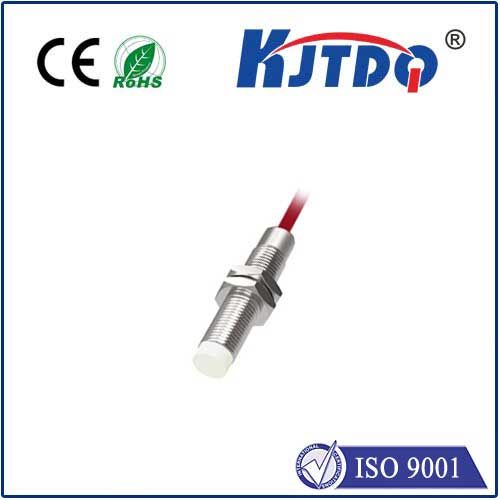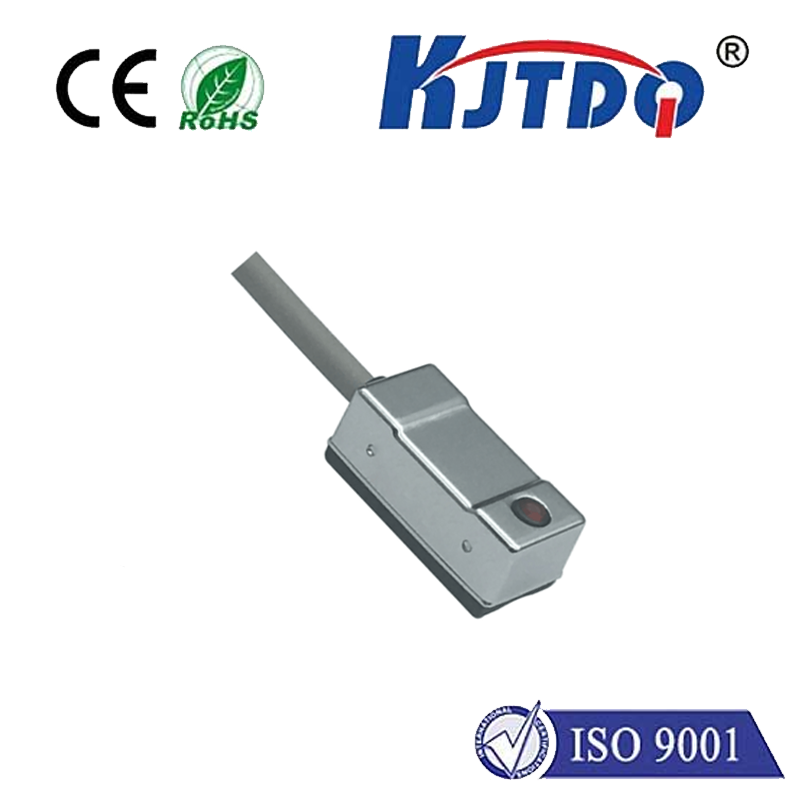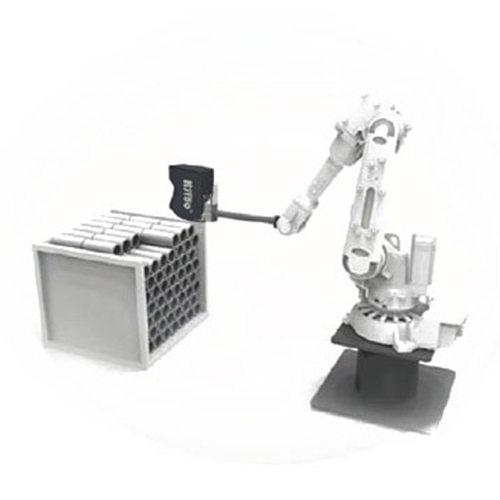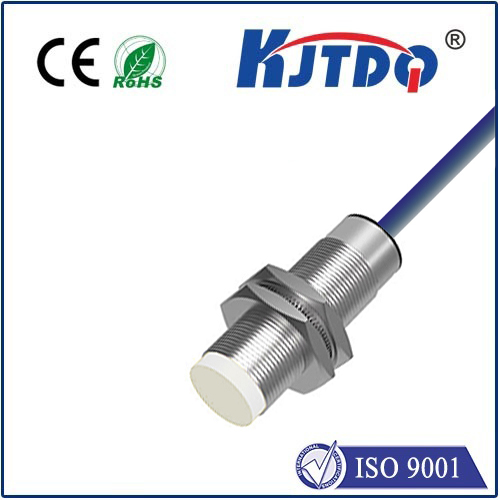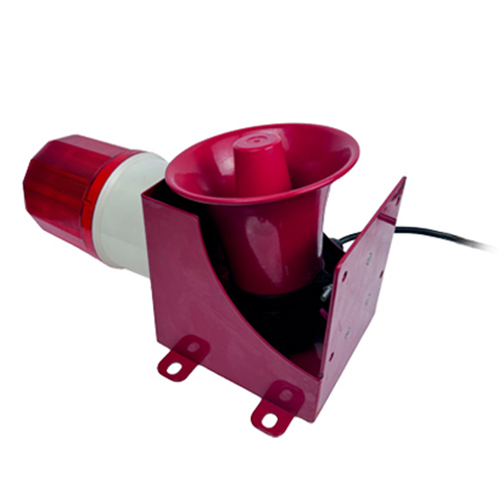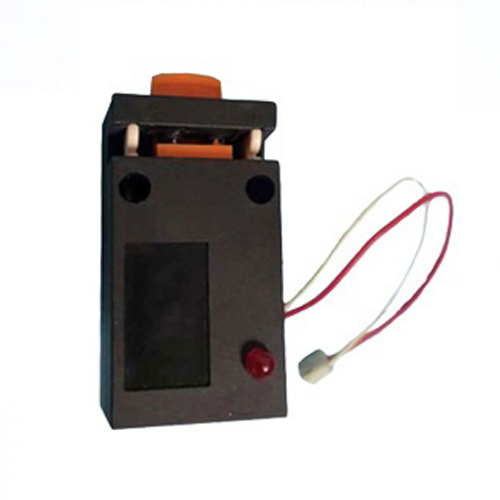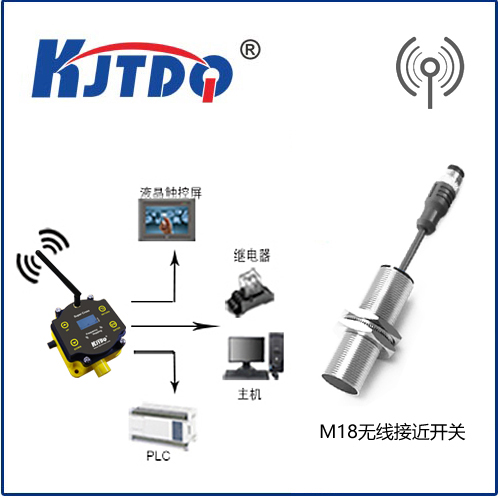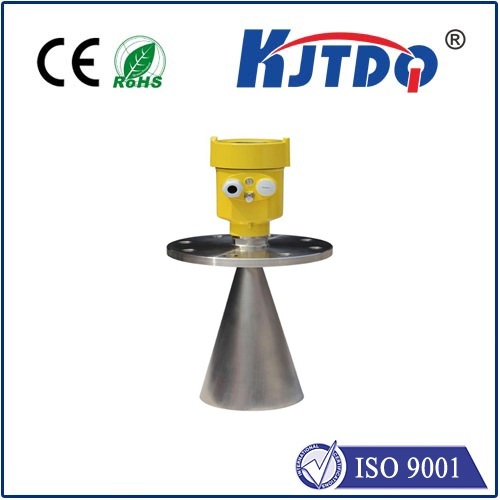retro reflective sensor
- time:2025-08-20 01:10:34
- Нажмите:0
Retro-Reflective Sensors: Illuminating the World of Non-Contact Detection
Ever wondered how parking garages know a car is present, triggering the gate to open? Or how some factories precisely count items speeding down a conveyor belt? Often, the unseen hero enabling this seamless automation is a retro-reflective sensor. This ingenious, versatile, and surprisingly simple technology provides reliable, non-contact object detection across vast distances, making it a cornerstone in countless industrial and consumer applications. Understanding how they work and where they excel unlocks the reason for their enduring popularity.
The Core Principle: Light Bounced Back
At its heart, a retro-reflective sensor relies on one key element: a special reflector. Unlike a standard mirror or diffuse surface, a retro-reflector is designed to bounce light directly back towards its source, regardless of the angle of incidence (within its specified range). Imagine bicycle reflectors or road signs – they appear brilliantly bright when illuminated by your headlights precisely because they send the light right back to you.
А.retro-reflective sensor system consists of two main components housed together in a single unit:
- An Emitter: Typically an LED (infrared, red, or laser) that generates a light beam directed towards the target area.
- A Detector: A photosensitive element (like a phototransistor or photodiode) that senses the light intensity.
The magic happens with the separate retro-reflective target or tape installed opposite the sensor unit. When the path between the sensor and the reflector is clear:

- The emitter sends out its light beam.
- The beam travels to the retro-reflector.
- The retro-reflector efficiently bounces the beam directly back along its original path.
- This strong, focused beam of light strikes the detector within the sensor unit.
- The detector receives a high-intensity light signal, indicating “no object present”.
The Detection Event: Interrupting the Beam
Detection occurs when an object passes between the retro-reflective sensor and its dedicated reflector:
- The object physically blocks the light beam traveling from the emitter to the reflector.
- Crucially, it also blocks the reflected beam traveling from the reflector back to the detector.
- The detector now receives little to no light.
- The sensor’s internal circuitry interprets this significant drop in received light intensity as an “object present” state and changes its output signal accordingly (e.g., switching from ON to OFF, or vice-versa, depending on the configuration).
Why Choose Retro-Reflective? Key Advantages
Compared to other photoelectric sensing modes (like diffuse or through-beam), retro-reflective sensors offer a compelling set of benefits:
- Long Sensing Ranges: By far their most significant advantage. Since the retro-reflector returns a very strong signal, these sensors can reliably detect objects over much greater distances than diffuse sensors, sometimes exceeding 10 meters or more. This is invaluable in large machinery, warehouses, or outdoor applications.
- Simplified Installation: Only Один. device needs wiring and mounting. Running cables and power to the opposing reflector location isn’t necessary, significantly reducing installation time and complexity compared to through-beam sensors (which require separate emitter and receiver units). Aligning the sensor to the reflector is generally easier than aligning two separate units precisely.
- High Reliability: The high contrast ratio between the strong reflected signal (clear path) and the absence of signal (object present) makes detection highly reliable and less susceptible to false triggers from ambient light or minor misalignment.
- Good Tolerance to Target Surface: Unlike diffuse sensors, which rely on the reflectivity of the target object itself, retro-reflective sensors only require something opaque to block the beam. The color, surface finish, or material of the target object matters much less. This makes them ideal for detecting objects with poor reflectivity, like black rubber or matte surfaces.
- Environmental Tolerance: Many models feature sophisticated optics and circuitry to handle challenging conditions like dust, fog, light rain, or varying ambient light levels.
- Cost-Effectiveness: While the sensor unit itself might be slightly more complex than a diffuse sensor, the elimination of a separate receiver unit and its associated wiring often makes retro-reflective systems more cost-effective overall than through-beam, especially for longer ranges.
Navigating Detection Challenges: Beam Cutting and Polarization
While highly reliable, standard retro-reflective sensors can be tricked by certain scenarios:
- Highly Reflective Objects: If a target object is highly reflective (like polished metal, glass, or even a liquid surface) and oriented parallel to the reflector, it might actually reflect the emitter’s beam directly back to the detector itself – mimicking the retro-reflector’s signal. This could cause the sensor to fail to detect the object, mistakenly thinking the path is still clear. This is known as the “beam cutting” problem.
The ingenious solution is the polarized retro-reflective sensor:
- These sensors incorporate a polarizing filter in front of the emitter lens, which polarizes the emitted light (say, vertically).
- The dedicated retro-reflector is a special “corner-cube” type reflector. Crucially, this type of reflector rotates the polarization angle of the light by 90 degrees (so vertical becomes horizontal) as it reflects it.
- The detector has a crossed polarizing filter (rotated 90 degrees relative to the emitter’s filter) in front of it.
- When light returns correctly via the retro-reflector (polarization rotated), it passes through the detector’s filter and is detected.
- If a highly reflective, specular target reflects the beam without rotating the polarization (direct reflection), the detector’s crossed polarizer blocks this light, preventing a false “clear path” signal. Only the light that has passed through the retro-reflector’s polarization rotation process activates the detector.
Ubiquitous Applications: Where Retro-Reflective Sensors Shine
The unique blend of long range, reliability, and ease of installation makes the retro-reflective sensor a go-to solution in diverse fields:
- Промышленная автоматизация: Object detection on conveyors (presence, counting, position), pallet detection in racking systems, machine guarding, door/window monitoring, detecting labels or tapes on products, checking for bottle caps on filling lines.
- Packaging Machinery: Precisely detecting the leading/trailing edge of packaging film, verifying carton flaps are closed, triggering sealing operations.
- Перевозка материалов: Detecting vehicles at loading docks or automated guided vehicles (AGVs) at charging stations or path points, monitoring elevator door positions, controlling overhead cranes.
- Transportation & Logistics: Vehicle detection in parking garages or toll booths, presence detection on assembly lines, baggage handling systems, aircraft docking guidance systems.
- **Safety Systems

